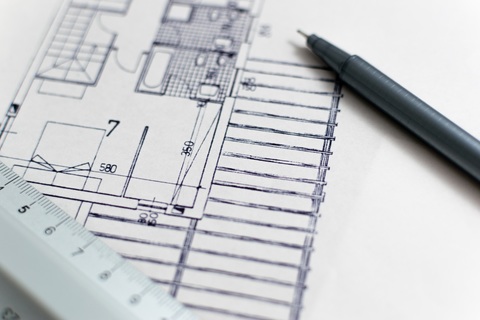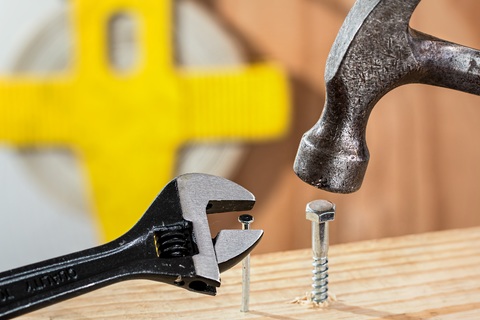Hello darlings!
Installing the right home improvements can not only maximize your return on investment (ROI) but they also make your rental property more functional, more attractive and more appealing. On the other hand, the wrong home improvements can be an expensive mistake. They can also negatively affect your tenant’s personal safety.
If you are a rental property owner, here are 10 home improvement tips you should know about.
1. Have a plan
Consider all major details before you begin your home improvement. Factor in the design, materials, time, and cost. “Swapping horses in midstream” could be costly.
To account for the inevitable surprises, add a healthy buffer to your financial budget and time. Also, use design tools to conceptualize your project.
2. Know which elements of a project you can splurge or skimp on
The idea here is to save as much money as you can. The more money saved, the more improvements you can make.
For example, save on the decorative tiles and flooring that look like premium materials, but spend more on a professional range if you’re a gourmet cook. Spending more on items that are hard to replace will offer the most bang for your buck.
3. Pick the right contractor
Finding a responsible contractor or handyman is just as important as finding a good therapist or a good dentist.
To vet your contractors, do the following:
· Ask for references and check them out.
· Get quotes. Track the quote variables with a spreadsheet or other list.
· Check out the contractor’s insurance.
· Find out what licenses and permits they need.
· Check for complaints against the contractor.
· Get recommendations from friends, neighbors, and supply houses.
For a thorough vetting, see this guide.
4. Decide how you are going to finance your home improvement
When financing a home improvement, a rental owner should carefully evaluate all of the various options according to Own It Detroit. The one that suits you best will depend on many factors. Including how much equity you have in your property, how long the project will last, how much money you have on hand, and how much your project will cost.
If you can’t afford to finance your home improvement in cash, here are some options:
· Home equity loan
· Unsecured personal loan
· Using a credit card
· Borrowing from your 401(k)
· Refinance your mortgage
5. Get the right tools
Not all home improvement projects require you to hire professional services. There are some that you could do on your own so long as you have the right tools.
Here are a couple of tools that you should have in your toolbox:
· A level: $5 - $12
· Allen wrenches or hex keys: $5 - $15
· Adjustable crescent wrench: $13 - $30
· Adjustable pliers: $10 - $15
· Nails and screws: $9 - $16
· Screwdriver set: $10 - $30
· Claw hammer: $8 - $25
· Utility knife: $15 - $30
· Tape measure: $10 - $15
6. Look for some creative ideas for your project
Pinterest is your friend, homeowners. As is BHG, Zillow Diggs, This Old House, and Houzz.
7. Learn some home improvement skills
There are somerepairs that homeowners shouldn’t pay for. For example:
· Drilling pilot holes
· Fitting tiles around corners
· Freeing stuck nuts
· Smooth brushwork on wood
· Fixing loose hinge holes
8. Decide whether it’s DIY or not
Deciding whether you are up to the challenge or whether you should hire a professional can be tricky. Before opening your toolbox, ask yourself these questions:
· Do you need a building permit?
· Is the project complicated?
· What’s your skill level?
· How much can you save?
· How much do you value your time?
· What are the risks?
9. Tackle projects depending on their urgency
Some projects may be more urgent than others – preventing devastating damage or saving you money immediately. Sometimes, the home improvement project may only require a couple of minutes. For example, switching to energy-saving bulbs.
10. Choose improvements with the highest ROI
Think of your home as an investment. And just like any other investment, the goal should be a return on investment. There are many home improvements you could do. From adding a new bathroom to refinishing hardwood floors.
However, some improvements are more likely to increase the value of your home than others. Examples of these include a better front door, improved landscaping, bathroom refurbishing and a kitchen remodel.
Home improvements can range from simple to elaborate. Whichever improvements you have in mind, use these 10 tips to guide you throughout the entire planning process. Wish you the best of luck!
Lots of love


